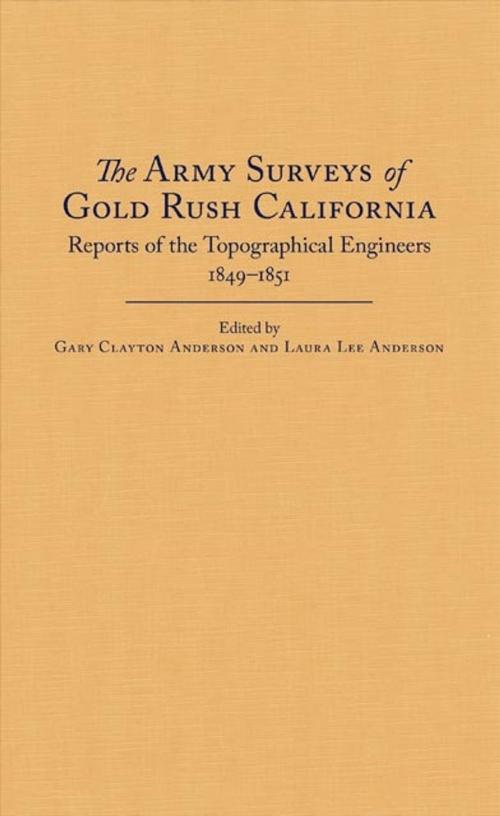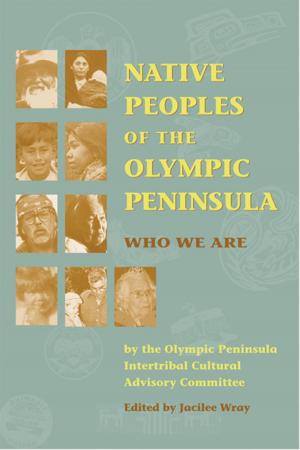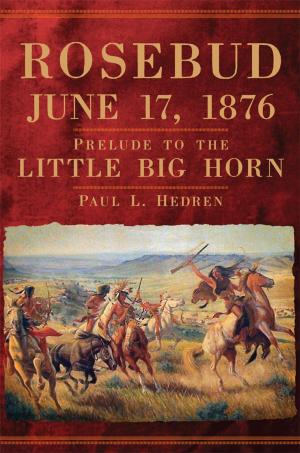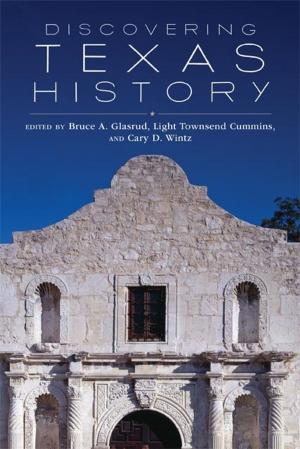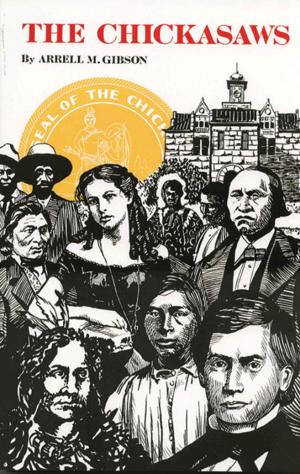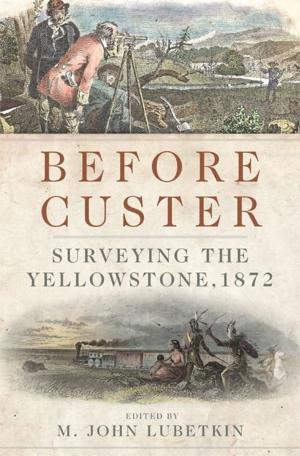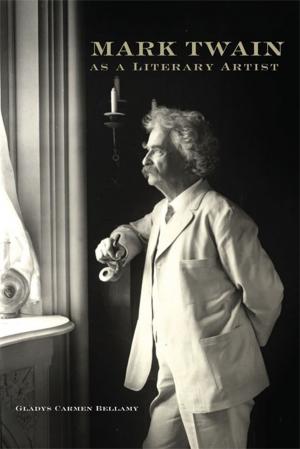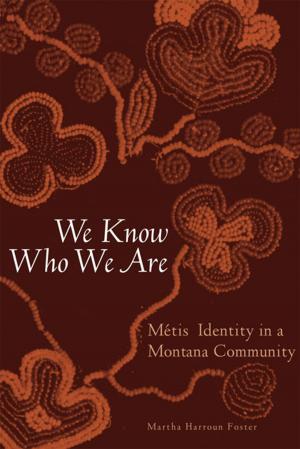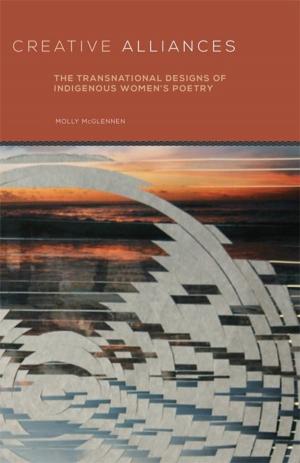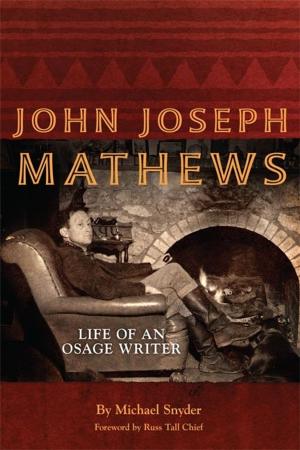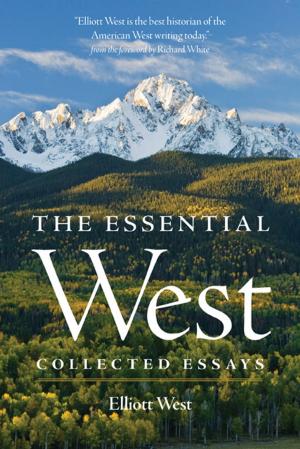The Army Surveys of Gold Rush California
Reports of Topographical Engineers, 1849–1851
Nonfiction, History, Americas, United States, 19th Century, Military| Author: | ISBN: | 9780806149059 | |
| Publisher: | University of Oklahoma Press | Publication: | April 6, 2015 |
| Imprint: | University of Oklahoma Press | Language: | English |
| Author: | |
| ISBN: | 9780806149059 |
| Publisher: | University of Oklahoma Press |
| Publication: | April 6, 2015 |
| Imprint: | University of Oklahoma Press |
| Language: | English |
As the army’s topographical engineer in California from 1849 to 1851, George Horatio Derby wrote detailed reports on the region, its people, its resources, and its geography—providing critical information for an understaffed military charged with bringing order to a vast new empire along the Pacific Slope. Early maps and reports by pioneers, trappers, and newspapermen, even by such professionals as John C. Frémont and William Emory, were limited in scope and often unreliable. In contrast, those authored by Derby and the army’s other trained topographical engineers were remarkably accurate, extensive, and richly descriptive. Long buried in the files of the National Archives, they have also remained largely unknown, even to historians.
Collected and reproduced here for the first time, these journals and maps offer a new and unique perspective on California in the mid-nineteenth century. Derby’s reports and journals appear alongside those of Robert Stockton Williamson, William H. Warner, Edward O. C. Ord, Nathaniel Lyon, Henry Walton Wessells, and Erasmus Darwin Keyes. These documents offer extraordinary firsthand views of the environment, natural resources, geography, and early settlement, as well as the effects of disease on Native and white populations. The writers’ detailed, often witty insights offer new understandings of life in California during an era of momentous change.
Historian Gary Clayton Anderson and anthropologist Laura Lee Anderson provide historical, geographic, and biographical context in the book’s introduction and in headnotes and annotations for each journal. With these editorial enhancements, the documents reveal as much of the character of their authors and their time as of the land and peoples they so carefully describe.
As the army’s topographical engineer in California from 1849 to 1851, George Horatio Derby wrote detailed reports on the region, its people, its resources, and its geography—providing critical information for an understaffed military charged with bringing order to a vast new empire along the Pacific Slope. Early maps and reports by pioneers, trappers, and newspapermen, even by such professionals as John C. Frémont and William Emory, were limited in scope and often unreliable. In contrast, those authored by Derby and the army’s other trained topographical engineers were remarkably accurate, extensive, and richly descriptive. Long buried in the files of the National Archives, they have also remained largely unknown, even to historians.
Collected and reproduced here for the first time, these journals and maps offer a new and unique perspective on California in the mid-nineteenth century. Derby’s reports and journals appear alongside those of Robert Stockton Williamson, William H. Warner, Edward O. C. Ord, Nathaniel Lyon, Henry Walton Wessells, and Erasmus Darwin Keyes. These documents offer extraordinary firsthand views of the environment, natural resources, geography, and early settlement, as well as the effects of disease on Native and white populations. The writers’ detailed, often witty insights offer new understandings of life in California during an era of momentous change.
Historian Gary Clayton Anderson and anthropologist Laura Lee Anderson provide historical, geographic, and biographical context in the book’s introduction and in headnotes and annotations for each journal. With these editorial enhancements, the documents reveal as much of the character of their authors and their time as of the land and peoples they so carefully describe.
